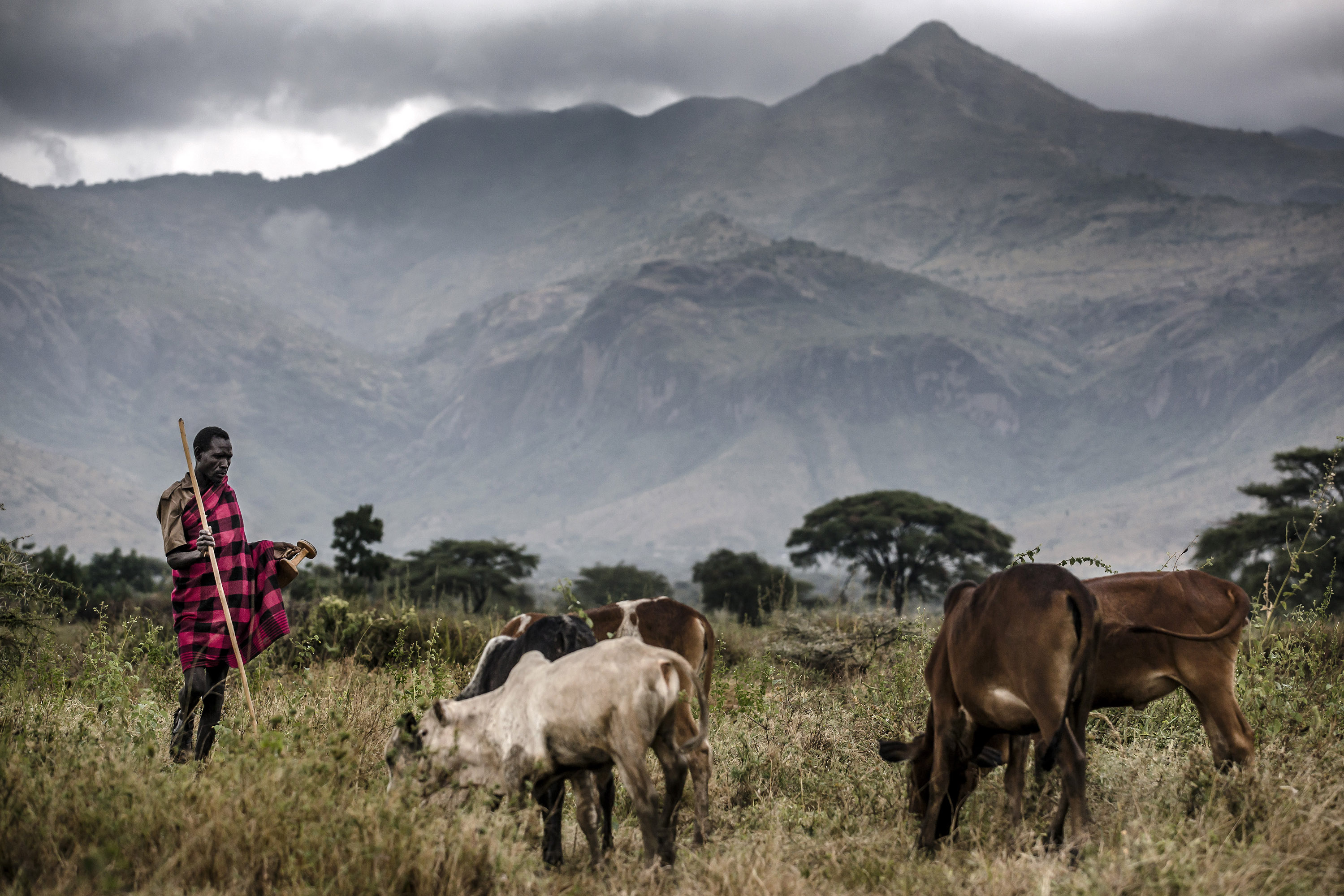Climate finance in the agriculture and land use sector – global and regional trends between 2000 and 2018
 This report constitutes a major step towards bridging persistent knowledge gaps and fostering a better understanding of how climate finance in the agriculture and land use sector has evolved in the past two decades.
This report constitutes a major step towards bridging persistent knowledge gaps and fostering a better understanding of how climate finance in the agriculture and land use sector has evolved in the past two decades.Climate finance is a fundamental element of the global development agenda and has been accelerating in recent years. Research and analysis of the climate finance landscape can lead to improved transparency for its tracking and reporting, and to a better understanding and awareness of its availability and projected demands.
The recently published analysis “Climate finance in the agriculture and land use sector – global and regional trends between 2000 and 2018” is a result of an extensive cooperation between FAO’s Office of Climate Change, Biodiversity and Environment and Resource Mobilization and Private Sector Partnerships Division teams. It focuses on the quantitative analysis of data available in the climate finance database of the Organization for Economic Co-operation and Development’s (OECD) Development Assistance Committee.
This study provides an insight into the changes of climate finance as it relates to the agriculture and land use sector between 2000-2018, and identifies critical issues which would need to be addressed in the way forward to improve the monitoring, reporting and assessing of sector-specific climate finance allocations.
Here are the key findings of the analysis:
- Between 2000 - 2018 the share of global climate finance in the agriculture and land use sector has decreased, passing from an average of 45 percent of the total flows at the beginning of the millennium, to 24 percent in 2013 where it has since stayed.
- The total sum of contributions to the agriculture and land use sector between 2000 - 2018 amounted to USD 122 billion, representing 26 percent of the global climate finance flows to all sectors.
- When looking at region-specific climate finance allocations in the agriculture and land use sector, the principal recipients in the assessed period were countries in Africa and Asia, attracting 30 percent and 32 percent of flows respectively.
- For all regions, 2010 marked the first year of reported allocations to climate change adaptation in the agriculture and land use sector.
- There was an overall decrease in allocations to mitigation in agriculture and land use sector (allocations to climate mitigation were dominant only in Europe), and strong preference to allocate to projects with a cross-cutting objective.
The report aims to provide UN agencies, international finance institutions, national governments of both donor and recipient countries, and governmental and non-governmental stakeholders with a better understanding of the climate finance landscape.
To discover further findings on climate objectives, agriculture sub-sectors, geographical distribution, gender sensitivity and type of finance - as well as the key finance providers - we invite you to read the full report.
